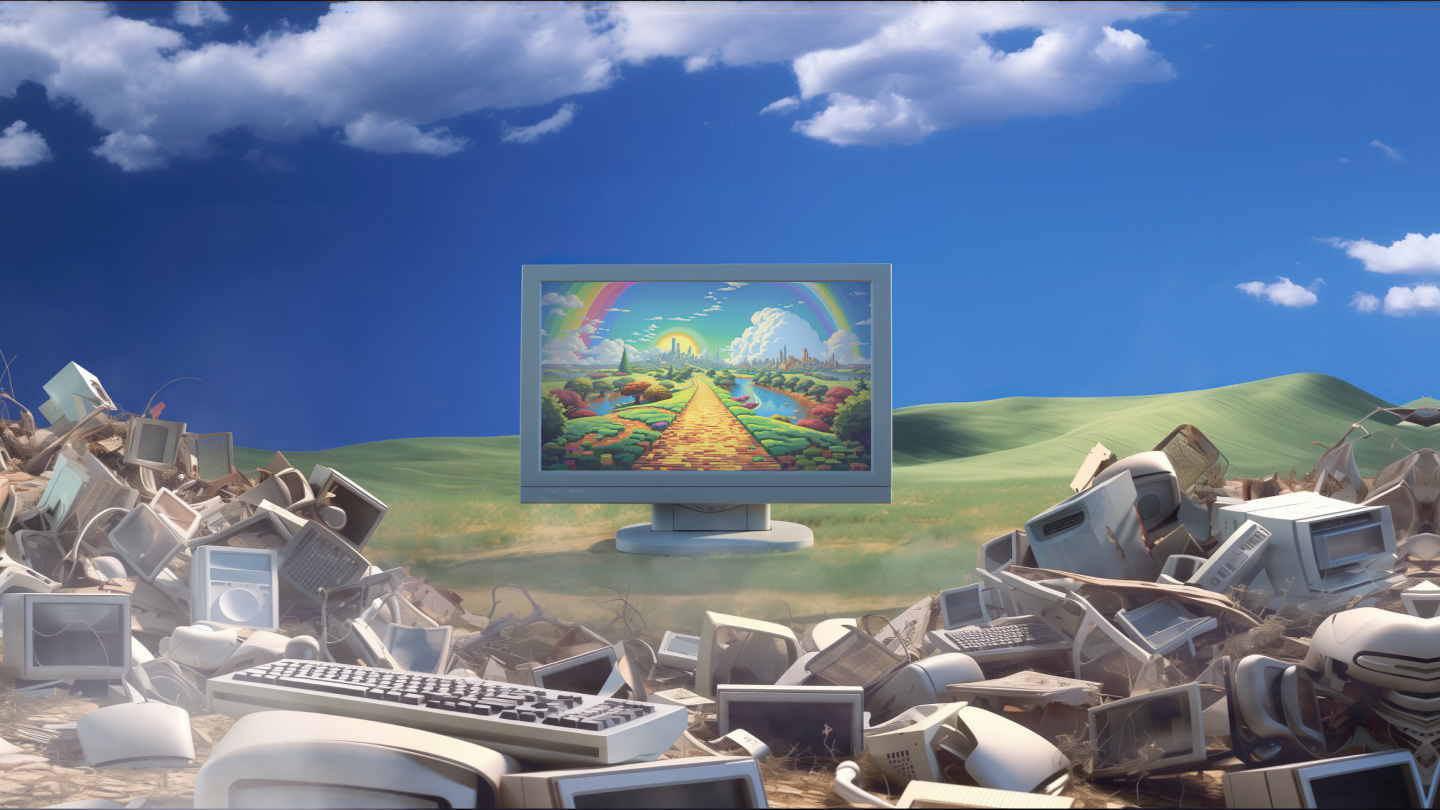
Artificial Intelligence (AI) has long existed in the computer labs of universities and R&D sites, but the global release of generative AI (GenAI) chatbot, ChatGPT, in 2022 has catapulted the technology into the mainstream.
Now, with GenAI set to disrupt nearly every sector, workers around the world are at once amazed and concerned over the technology. Jobs previously safe from automation have now been called into question and the rise of GenAI has spurred debate on the necessity of humans within creative processes.
GenAI can create artificial content such as text, image and, more recently, video from a single prompt. Leaving many businesses outside of the tech sector now considering AI’s opportunities.
In light of this, Verdict sat down with Hannah Redler-Hawes, the director of data as culture and associate curator at the Open Data Institute (ODI), a non-profit with a mission to democratise data, to discuss whether businesses will still need artists in the age of AI.
Redler-Hawes recently commissioned artist Alan Warburton to create a video essay for the Data as Culture art programme, titled The Wizard of AI to explore the impact AI is having on the creative world. The video, generated entirely using AI tools such as Midjourney, uses the term ‘wonderpanic’ to describe the joy and fear many artists like Alan are feeling at the arrival of GenAI. The video was premiered at the Open Data Institute’s annual Summit 2023.
GenAI models are able to create content using data that they have been trained on. Large language models like ChatGPT anticipate the next word in a sentence because they have ingested large quantities of data.
How well do you really know your competitors?
Access the most comprehensive Company Profiles on the market, powered by GlobalData. Save hours of research. Gain competitive edge.

Thank you!
Your download email will arrive shortly
Not ready to buy yet? Download a free sample
We are confident about the unique quality of our Company Profiles. However, we want you to make the most beneficial decision for your business, so we offer a free sample that you can download by submitting the below form
By GlobalData“Without good data,” explains Redler-Hawes, “there is no good AI.”
However, as Warburton’s video essay explores, this largely limits the output that GenAI can produce. Whilst tools like Midjourney can successfully respond to prompts asking it to recreate a specific art style or time period, AI tools can struggle to generate images that feel original.
In Redler-Hawes’s opinion, AI is only as good as the person using it.
Like painting or drawing, she states that AI can be a tool used in the hands of artists that still requires fine-tuning and skill.
“A very broad range of people have access to these tools,” she says, “however, I don’t think it is accurate to say that graphic designers or artists, like Alan, just knock these images out. This is absolute blood, sweat and tears. This is working with the program. This is identifying its weaknesses, working with them and pushing those weaknesses out.”
Investing in the best AI technology is not enough if businesses do not also invest in their workforce. In Redler-Hawes’s opinion, businesses that focus too much on adopting AI technology may not see the innovation they want if they neglect to promote their pools of talent. A failure to hire the people behind AI may also place a time limit on the success of businesses wanting to create products with GenAI.
“[AI] will be amazing for as long as people are amazed by it,” Redler-Hawes explains, “But I don’t know how long that interest will hold.”
Innovation, she thinks, will still be reliant upon great ideas from people rather than machines.
One major attraction of GenAI is its ability to create content instantly in response to prompts. AI can create personalised content on a scale previously unimaginable and at a speed that no human artist can compete with.
AI risks losing the artistic process
Redler-Hawes was asked to consider the work of ceramicist Leah Jensen who carves intricate patterns into vases by hand. Jensen has described her process as “anti-digital” after viewers of her vases began to ask if they were 3D printed.
Whilst Redler-Hawes is not concerned about AI replacing artists, the loss of the artistic process is an important question that she believes is worth addressing.
“Artists, like Jensen, frequently speak about the importance of labour,” she comments, “Jarvis Cocker talks about how important it was for him to be on the dole and in Sheffield for a long time to help his creative process and exposure.”
The emergence of AI and its ability to instantly generate new content on demand changes how artists arrive at new thoughts.
Redler-Hawes states that AI allowed Warburton to create The Wizard of AI in a constricted time frame and enabled him to continually edit entire sequences of the project more confidently up until the deadline.
“There is a lot of conversation around how AI tools can get rid of the grunt work, and that is all very well for creatives with lots of experience, but what about the apprentices?” Redler-Hawes asks adding: “It’s easy if you are a business and want to save money to use AI to create a beautiful presentation without hiring an illustrator, but you must ask yourself, am I investing in talent?”
“At this moment in time,” she continues, “AI models have been built on a millenia of human ingenuity and creativity, but as that data gets used up, who is going to come up with the new thinking?”
Imagining the future, therefore, may still require the labour of humans rather than AI.







